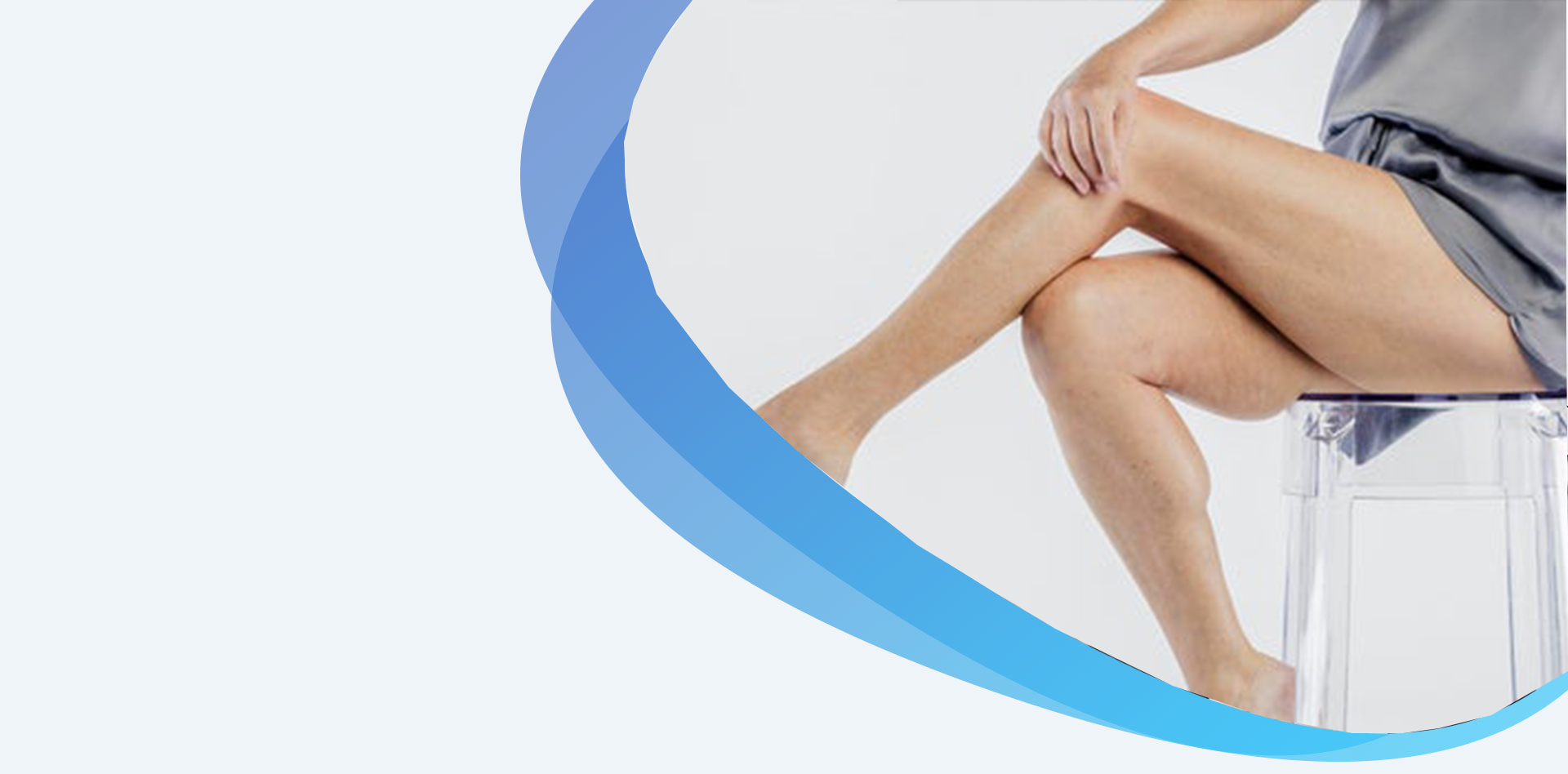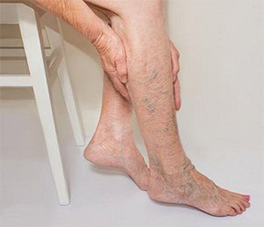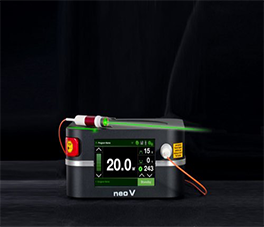Laser Varicose Veins


Large bulging veins in the legs that can cause many different types of symptoms. Varicose veins can occur in almost anyone and affect up to 35% of people in the India. You may inherit a tendency to develop varicose veins from a parent. Women, women who have had multiple children, and obese persons are at a higher risk.
A laser is a highly focused beam of light. A doctor can use a laser to treat varicose veins. Laser heat damages a vein, which makes scar tissue form. This scar tissue closes the vein. A closed vein loses its source of blood and dies. After a year or two, the vein is likely to disappear.
Simple laser treatment
Simple laser vein treatment is done on the outside of your skin. It can treat spider veins and tiny varicose veins just under the skin's surface. Usually, more than one laser session is needed. They are scheduled every 6 to 12 weeks, as prescribed by your doctor. (If you have poor blood circulation feeding these tiny veins, the larger "feeder" vein must first be treated with surgery, endovenous laser or radiofrequency treatment, or sclerotherapy.)
Endovenous laser treatment
Endovenous laser treatment can treat larger varicose veins in the legs. A laser fiber is passed through a thin tube (catheter) into the vein. While doing this, the doctor watches the vein on a duplex ultrasound screen. Laser is less painful than vein ligation and stripping, and it has a shorter recovery time. Only local anesthesia or a light sedative is needed for laser treatment. (For ligation and stripping, general anesthesia is used to put you to sleep.)
You will be able to walk following the treatment, and recovery typically is short. You are likely to be able to return to your normal daily routine after simple laser treatment.
After endovenous laser treatment, you will wear compression stockings for 1 week or more. To follow up, your doctor will use duplex ultrasound to make sure that the vein is closed.

Simple laser treatment is done for small spider veins and tiny varicose veins. This is sometimes a second treatment step, after a larger varicose vein has been treated with surgery, endovenous laser or radiofrequency treatment, or sclerotherapy.
Endovenous laser treatment is used to close off a larger varicose vein, instead of using surgery to remove it.

Simple laser treatment. Over the past 20 years, this type of laser treatment has become quite safe and effective.
Endovenous laser treatment. Endovenous laser treatment closes veins about 94 out of 100 times. It doesn't work about 6 out of 100 times.
If endovenous laser treatment does not close a vein, you will need a second treatment. Depending on what is available in your area, you may have choices between another laser treatment, radiofrequency treatment, or sclerotherapy. In some cases, vein surgery is recommended.
For the best chance of success, be sure to have a doctor with a lot of endovenous laser experience.

Side effects of laser treatment include:
The more experience your doctor has had with laser, the less risk you are likely to have. Talk to your doctor about how often these side effects happen in his or her practice.